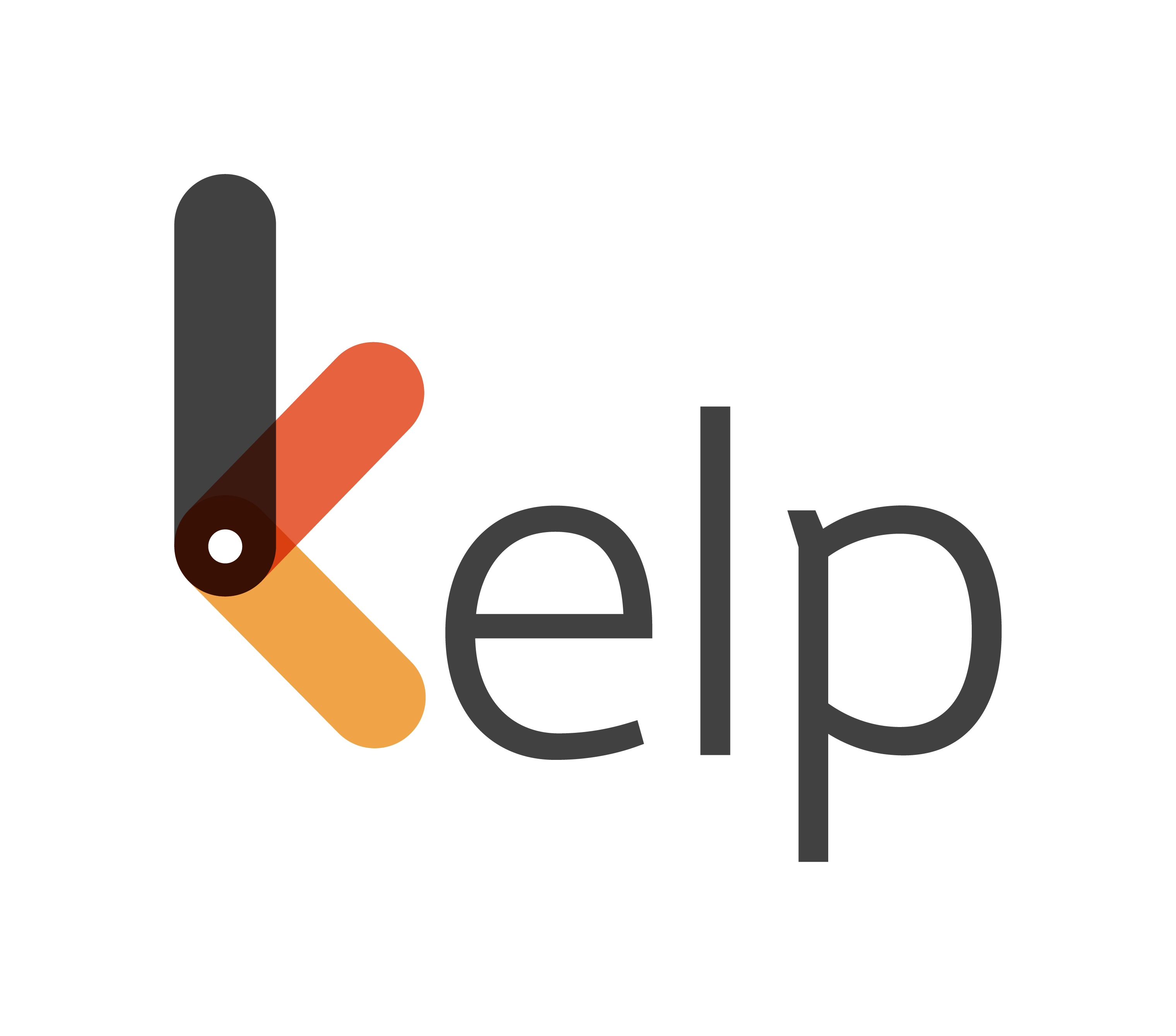Recently, Payal Kapoor; a visually impaired disability consultant was in the news for being abandoned at an airport by an Indian airline. Despite having asked for assistance which is mentioned in the DGCA Guidelines for carriage by Air for Persons with Disability / and or Persons with reduced mobility and being tagged on her boarding card as Visually impaired, Payal had a harrowing and traumatic time.
As someone who is not visually impaired, it is difficult to fully comprehend the frustration and fear that such a situation could cause. Being left alone in an unfamiliar environment, without the ability to see, is undoubtedly an incredibly isolating, disorienting and vulnerable experience. It is important for airlines and other organizations to recognize and accommodate the unique needs of individuals with disabilities, and to take responsibility when they fail to do so. No one deserves to be treated with such neglect and disregard.
Here are some things we can do as organisations to help visually impaired employees feel included.
Creating an Inclusive Workplace for Visually Impaired Employees
Creating a workplace that is welcoming and inclusive for visually impaired employees is crucial for promoting diversity and equality. We can all work towards becoming more inclusive for the visually impaired by taking a few simple steps such as implementing technology wherever possible, providing accommodations when required, and fostering a culture of inclusion. To begin with, let’s get a basic understanding of what is visual impairment.
Understanding Visual Impairment
Visual impairment is a term that refers to a range of visual conditions that result in partial or complete loss of vision. Conditions caused by age-related macular degeneration, glaucoma, cataracts, diabetic retinopathy, or other eye diseases can all fall into the gamut of visual impairment. Visually impaired employees may face various barriers in the workplace, including inaccessible technology, limited mobility, and a lack of awareness among colleagues. As colleagues and friends we must make an effort to become more inclusive by making a few simple efforts towards to foster a sense of inclusivity.
Implementing Accessible Technology
Accessible technology is an essential component of an inclusive workplace. This can include screen readers, magnifiers, and other assistive devices that help visually impaired employees navigate digital content and perform their job tasks. When choosing technology solutions, it’s important to consider the needs of all employees, including those with visual impairments. This might mean selecting tools that are compatible with screen readers or providing training on how to use accessibility features.
Providing Accommodations
Accommodations can help employees navigate physical spaces and perform their job tasks. Examples of accommodations may include providing braille or large print materials, modifying workstations to accommodate guide dogs or mobility aids, and providing training on how to work with visually impaired colleagues.
It’s also important to involve visually impaired employees in the accommodation process to ensure their needs are being met.
Training and Awareness
Training and awareness are essential for creating an inclusive workplace for visually impaired employees. This might include educating colleagues on the challenges faced by visually impaired employees, providing training on how to work with accessibility tools, and fostering a culture of inclusion and respect.
Training can help to create a more knowledgeable and empathetic workplace, where visually impaired employees feel supported and valued. This can have a positive impact on both employee morale and business outcomes.
Creating an inclusive workplace for visually impaired employees is not only the right thing to do but it’s also good for business. By implementing accessible technology, providing accommodations, and fostering a culture of awareness and respect, you can create a workplace where everyone feels valued and supported. Being mindful of the unique needs of visually impaired employees can create a workplace that is truly inclusive and welcoming to all.
At Kelp we believe that having a diverse, equitable and inclusive workplace is the key to business transformation and growth and that we must be inclusive of all persons irrespective of any differences. To know more about Kelp’s Diversity, Equity & Inclusion solutions and how we can help you make your workplace more inclusive do call us at +91-95001-29652, email info@kelphr.com, visit www.kelphr.com
About Kelp
Kelp was incorporated in 2013 to provide the best HR solutions to organizations, and to improve workplace culture across the board. Over the last 11 years, we have serviced more than 1000 clients in India and a few overseas, across various industries in the areas of PoSH (prevention of sexual harassment at workplace), D, E & I (Diversity, Equity & Inclusion) and Mental Wellness Programs. But the common objective of all of these services is to build safer, happier, inclusive and productive workplaces.
For any of our other services related to Prevention of Sexual Harassment (PoSH) or Mental Wellness Programs do get in touch with us at info@kelphr.com, call +91-95001-29652 and we’d be able to help you with customized offerings suited to your organization.
References:








